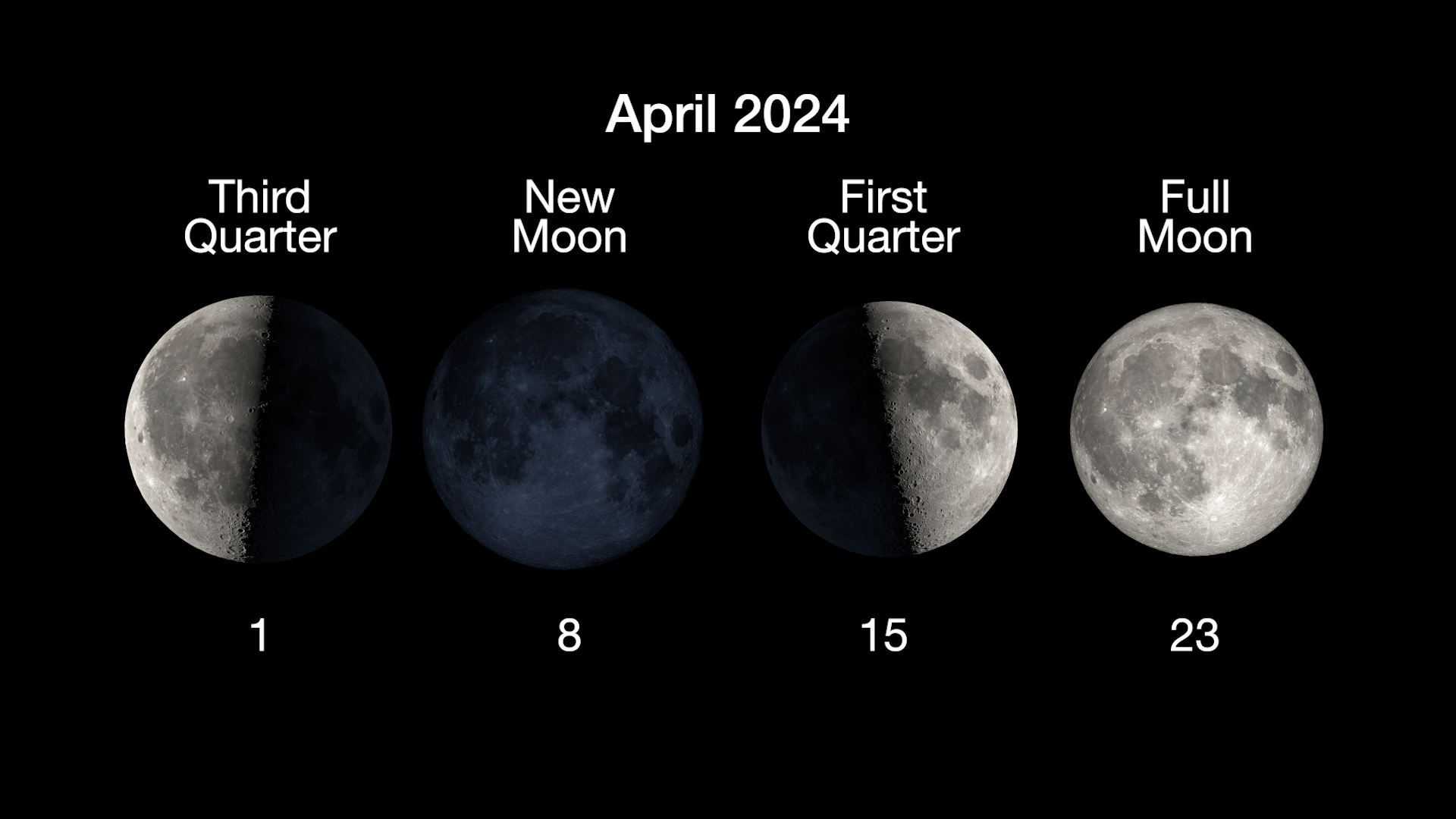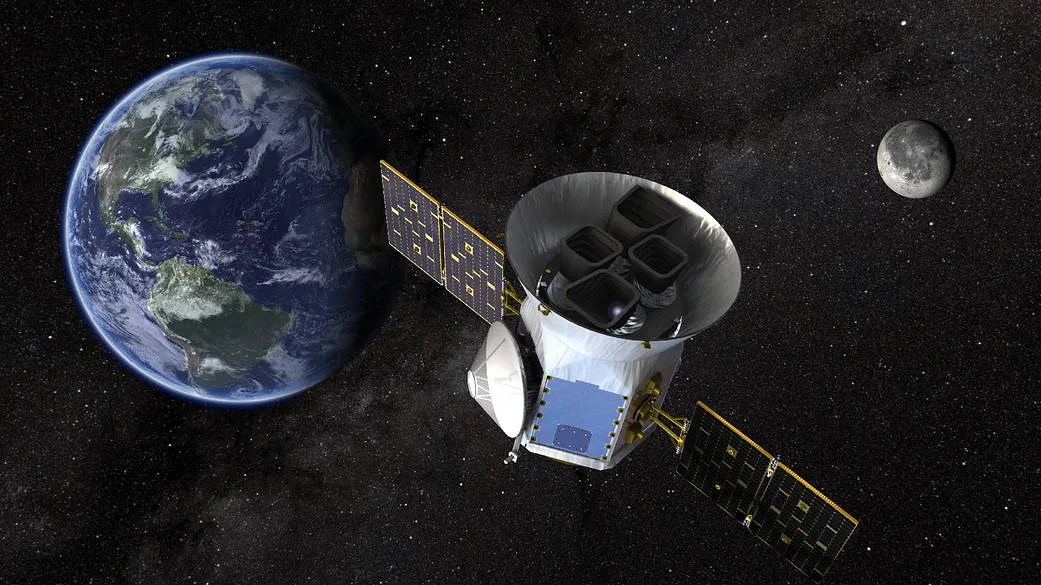4 min read
Cassini Significant Event Report
For Week Ending 03/07/03
The most recent spacecraft telemetry was acquired from the Goldstone tracking station on Wednesday, March 5. The Cassini spacecraft is in an excellent state of health and is operating normally. Information on the spacecraft's position and speed can be viewed on the "Present Position" web page.
Attitude Control Subsystem (ACS) Flight Software (FSW) checkout continued this week with the following activities uplinked and executed: calibration of inertial reference unit-A, a 7COAST demonstration with rates, star ID suspend demo with rates, checkout of sun sensor assembly-B, several high water mark clears, and fault protection log pointer resets. Playback data from off-track activities has been received. Everything looks normal, and detailed analysis continues. An inertial reference unit-B checkout and calibration activity was also uplinked for execution next week.
The project held a final uplink approval meeting for the Command and Data Subsystem (CDS) flight software checkout activities. Procedures and files for the checkout were approved, with uplink and checkout activities to begin on March 24.
Preliminary port three for Science Operations Plan implementation of tour sequences S15/S16 occurred this week. The third and final input port occurs next week. Additionally, all teams have been reviewing the first official merged sequence for S17/S18.
The Science Planning Team process for C37 concluded this week with the delivery of the port two products and the handoff package to the Sequence team. Subsequence generation for C37 began with a kick-off meeting held on Tuesday.
The March Instrument Operations working group meeting featured a SEQ_CONVERT tool tutorial by the Mission Sequence Subsystem development team.
System Engineering has created a web page to assist with tour Verification and Validation activities. The site will contain links to various matrices, templates, and documentation in support of V&V. Also posted will be materials presented at last week's Cassini Design Team meeting including a detailed uplink system V&V schedule, and the uplink V&V kickoff agenda.
Delivery coordination meetings (DCM) were held for Version 9 of the Mission Sequence Subsystem, and the Instrument Operations Science Operations and Planning Computer (SOPC) Broadcast Keep-Alive scripts. A number of the keep-alive utilities have been updated due to changes in the Deep Space Mission Services firewall.
The Jupiter Magnetosphere Synchrotron Radiation experiment was noted in the February 2003 "APS News," a publication of the American Physics Society, as a significant Astrophysics event of 2002. Even though the Cassini RADAR is not mentioned by name, it was the radiometer instrument that collected the raw data for the experiment.
Members of the Cassini Project met with the Consolidated Space Operations Contract DSN Customer Service Representative to discuss a procedure for new or modified DSN keywords or changes to station configuration codes. The current DSN procedure was written for MMO and was unclear about how it applied to Cassini. Notes from the discussion have been distributed.
The educators and youth section of the Saturn Observation Campaign (SOC) website has been updated to include program details, links to appropriate activities, and supporting information for youth leaders and classroom educators. The site can be accessed at http://soc.jpl.nasa.gov/educators.cfm.
Additional information about Cassini-Huygens is online at http://saturn.jpl.nasa.gov.
Cassini will begin orbiting Saturn on July 1, 2004, and release its piggybacked Huygens probe about six months later for descent through the thick atmosphere of the moon Titan. Cassini-Huygens is a cooperative mission of NASA, the European Space Agency and the Italian Space Agency. JPL, a division of the California Institute of Technology in Pasadena, manages the mission for NASA's Office of Space Science, Washington, D.C.
Media Relations Office
Jet Propulsion Laboratory
California Institute of
Technology
National Aeronautics and Space
Administration
Pasadena, Calif. 91109.
Telephone (818) 354-5011







